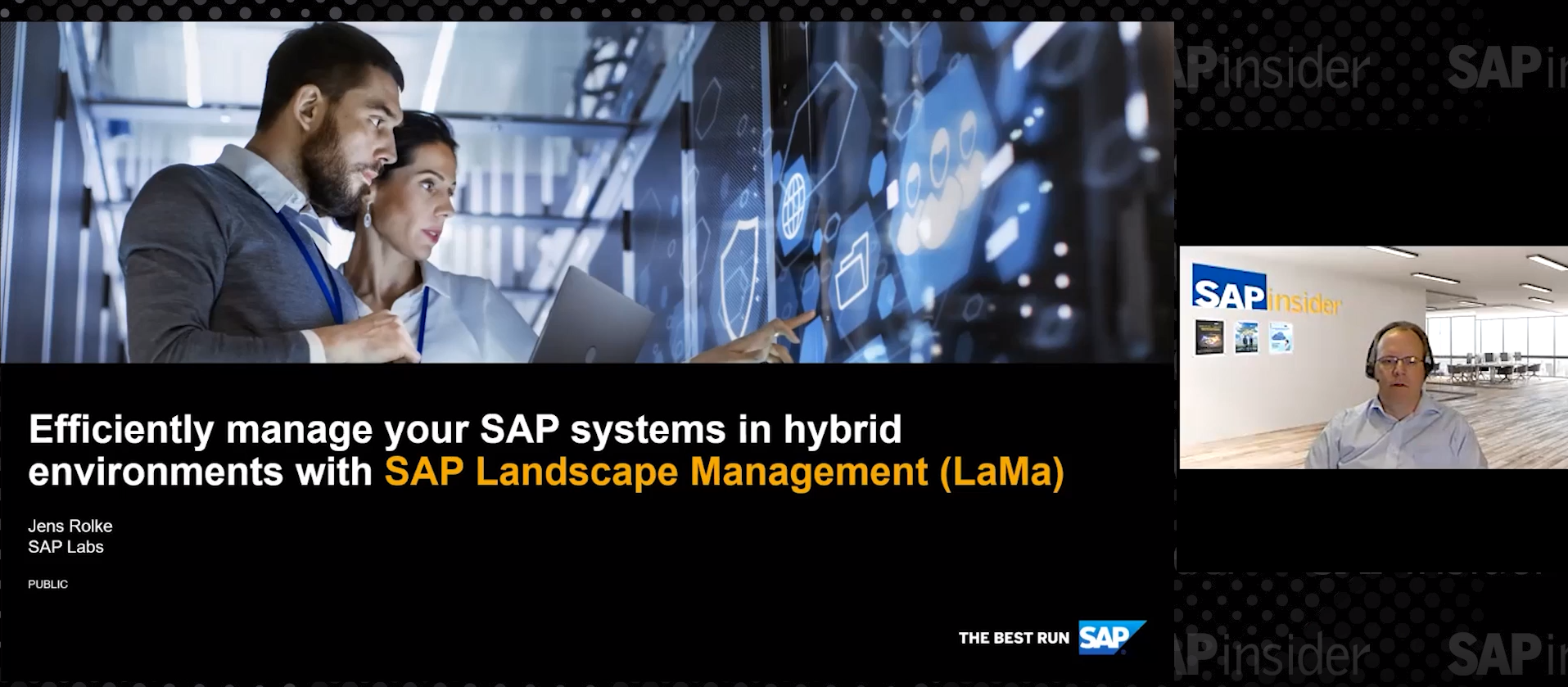Value as a Service: Embracing the Coming Disruption
It is common knowledge that many traditional product companies are converting the delivery of their offerings to the as-a-service model. We are now approaching the final frontier of that model: value as a service (VaaS). During this shift, customers will focus less on the delivery model and more on the value delivered.
Effectively delivering VaaS requires a new kind of relationship between vendors and customers, one that is outcome-based rather than a negotiated, transactional exchange of goods and services for money. It’s more of a partnership in which both parties are empowered to support each other as well as hold each other accountable for achieving measurable results they have agreed upon.
Making this shift is the hardest part of transitioning to a VaaS model. I believe vendors must lead the way by creating a culture of quantifiable value that permeates everything they do.
Signing Up for Value
Since value is the ultimate foundation of the relationship, it is a policy at Coupa Software (NASDAQ: COUP) to not just sign a contract with a customer, but reach an agreement on specific business success criteria that we will work together to achieve. I believe this should be an integral part of your marketing and sales process.
From their first engagement with your marketing, prospects should get a sense of the value customers are achieving by using your service. Sales discussions should not focus only on features and functions, product demos, or even product benefits. Instead, they should start as authentic and open learning sessions about the customer’s business strategy, resources, culture, and unmet needs. That information sharing is a key part of what the customer brings to the partnership.
As the vendor, we bring the technology and functional best practices. In our line of business, a typical agreement might be that together we will save a hospital network $50 million on syringes, scrubs, bed linens, IT, and maintenance, for example, and cut its order fulfillment and invoice processing times by 60%.
By working together to establish these specific, measurable goals, we are setting the tone for a different kind of relationship. After customer wins, we often hear comments such as, “Your company was the only one that sat down with us and really understood our real business challenges and what we are trying to do.” If you hear that too, you’re on the right track.
The Handoff
The focus on value doesn’t stop once the deal is inked, of course. These success criteria must become the framework for all subsequent interactions. Too often, up-front analysis of value is never revisited. I believe strongly that it must be revisited constantly.
The professional services team must be oriented to pick up right where sales leaves off, mapping the deployment and change management programs to those same success criteria. The product and technology teams must not only listen to the customer, but also dig below the surface of feature requests to understand the deeper needs that could drive long-term value.
Ideally, everyone is moving in lockstep with their eyes fixed on those success criteria and how to efficiently deliver on them. One way of achieving that is to emblazon them on everything associated with the project — such as communications, collateral material, T-shirts, screen savers, and mousepads.
This effort must be supported by an internal culture of value creation. This cannot be mandated because it is based on employee empowerment. Inevitably, conflicts arise in the course of a technology implementation project: The technology doesn’t function the way the customer thought it would; the customer underestimates the internal challenges; or the business climate changes, for example. These are the realities we confront when new technology and process change collide with people’s natural resistance to change.
Historically, in the face of these frustrations, customers would often beat up on the vendors — and probably feel better. And the vendor would take it because the customer appeared satisfied, but the underlying challenges were rarely fully addressed. This is what often happened in the product world, and it led to adversarial relationships.
In the VaaS world, however, that approach won’t get us where we need to be. Instead of trying to squeeze or blame each other, we must stay focused on what we are trying to do together. This is where your employees need the culture supporting them.
Keeping Value Front and Center
I believe that it is up to company leadership to make sure value remains front and center in the daily life of the company, and to support the front-line employees as they execute on it. As with the customer success criteria for any project, this starts with clearly and frequently communicating the company values.
Our company’s values — Ensure customer success, Focus on results, and Strive for excellence — are written in large scale on walls throughout the building and on the back of each employee’s nameplate on every desk. I believe leadership should repeat these values until they are tired of repeating them, and then keep repeating them, with real illustrative examples of seeing them in action.
Your customer stories should feature customers achieving value. Your employees of the quarter should be consistently rewarded for exemplifying these values, as voted by their colleagues. All employees should be evaluated on how well they execute on these values within the context of their roles.
Culture in Action
Here’s an example of how a culture of value impacts employees. We had a customer with a large number of open tickets and support requests. The customer was getting frustrated by how long it was taking to resolve some issues, and rightfully so. Our customer success representative was getting frustrated with the number of requests and unreasonable customer expectations for turnaround time. Their egos clashed, and they got caught up in a you-versus-me dynamic and lost sight of the big picture.
This representative came to an all-hands meeting and saw a presentation of a case study where a certain customer achieved seven-digit savings, saw someone get an award for delivering measurable success for the customer, and realized they should be aspiring to something greater than this back and forth at the ground level. The representative then reengaged with that frustrated customer in a different spirit, got back in the game, refocused on the success criteria and the bigger picture, and was able to resolve what actually mattered for the customer’s business.
The Mind Shift
Shifting your mindset in this way requires maturity, diplomacy, and the knowledge that you have the support of the organization behind you. It’s not always as direct and causal as in the previous example, but I often see people waking up to the culture of value.
In this type of culture, when a customer asks for something, employees don’t ask, “Why?” — instead, they are acculturated to ask, “How does that support what we’re trying to achieve?” They ask clarifying questions. They dig deeper and map everything to what they are trying to achieve together. They listen and build trust and get customers to solve problems together with them.
Delivering VaaS puts a greater burden of responsibility on employees. That’s why they need a strong culture supporting them. The skills are easy to learn, once you’ve made the mind shift. It’s the shift that really delivers the value for everyone involved.
Is your company ready to deliver VaaS? To learn more, check out valueasaservice.com and read my book, Value as a Service. I’d love to hear your thoughts on this topic and how it applies to your company or industry.







